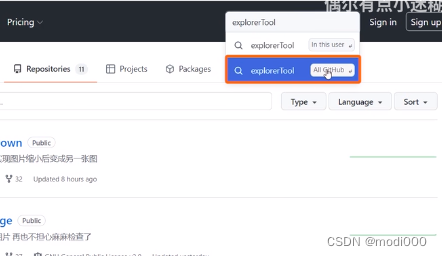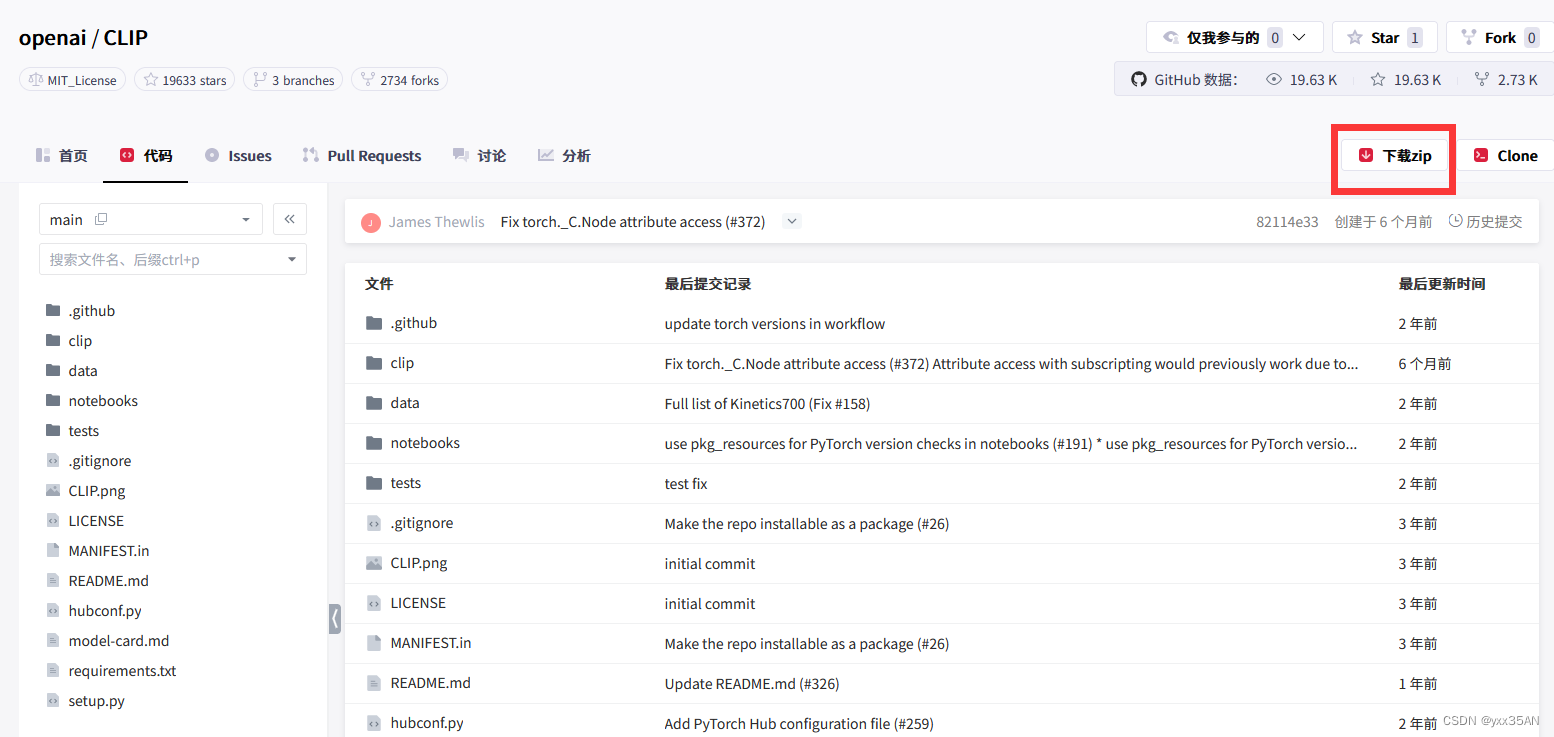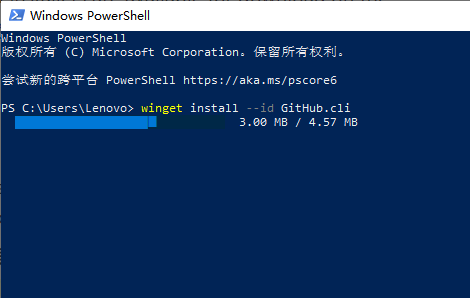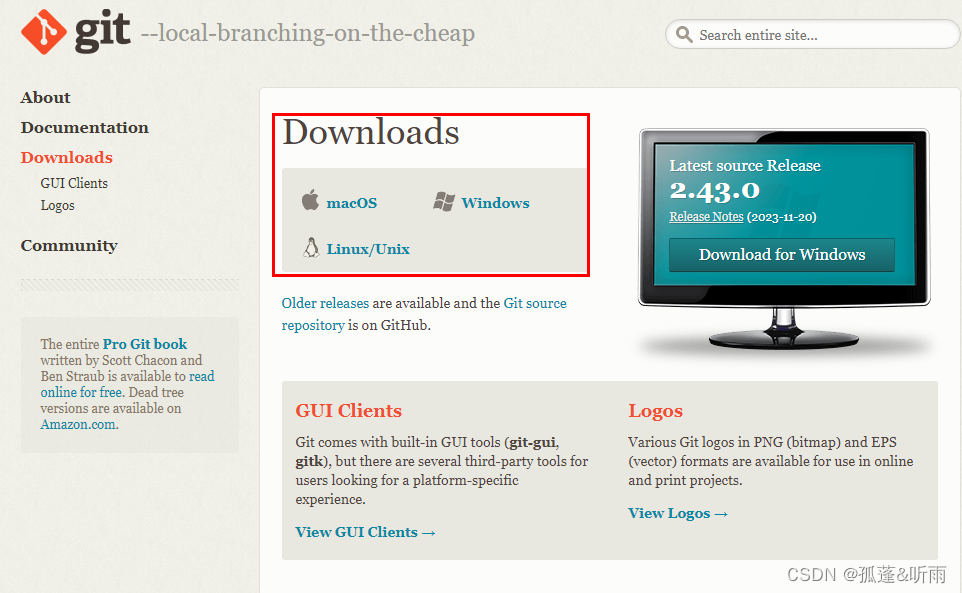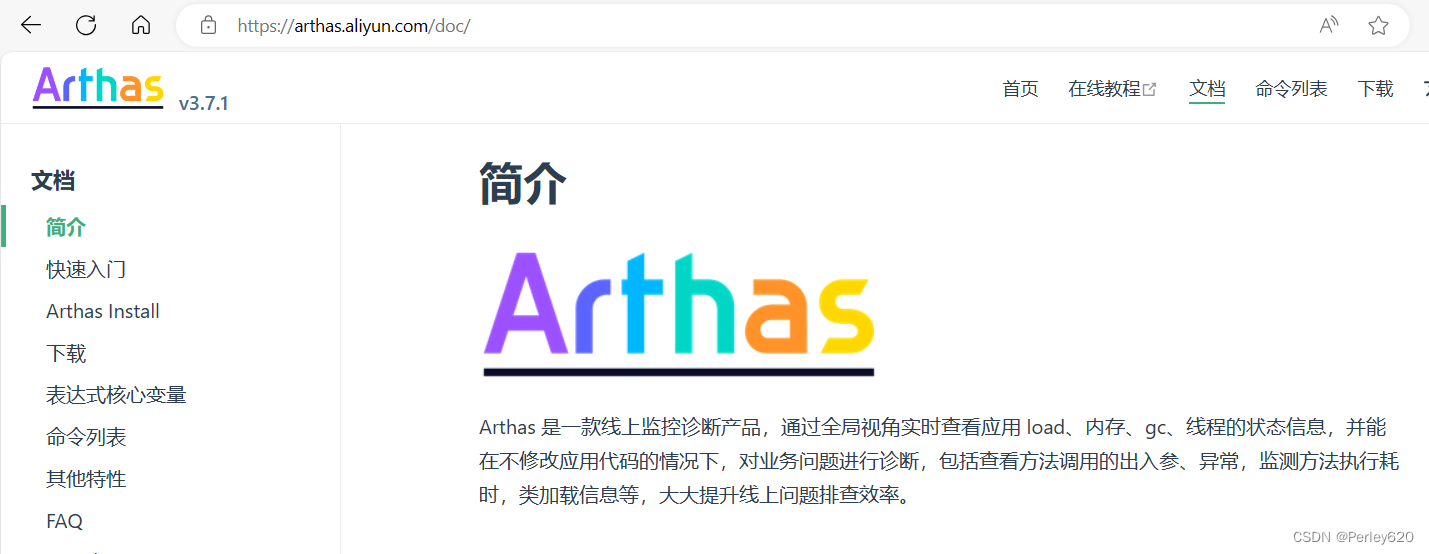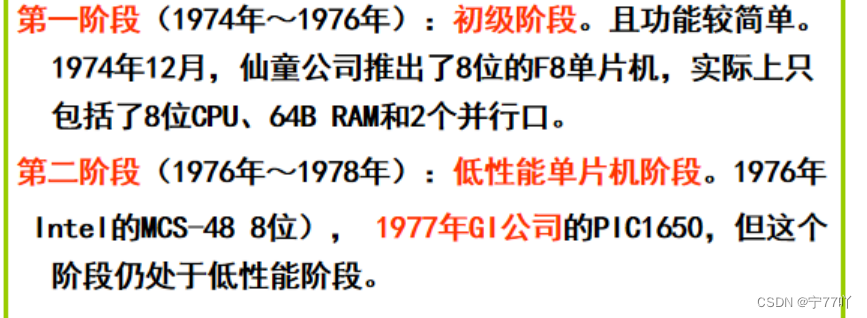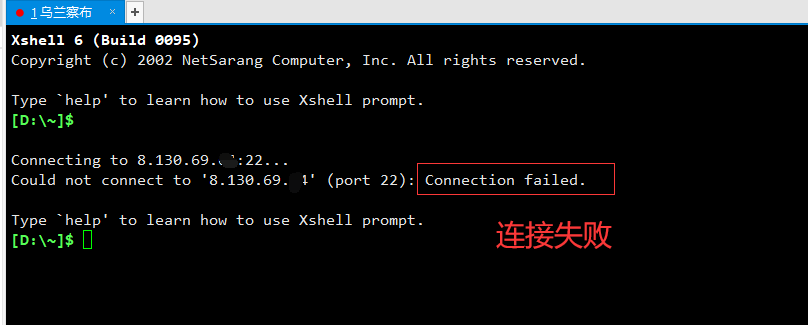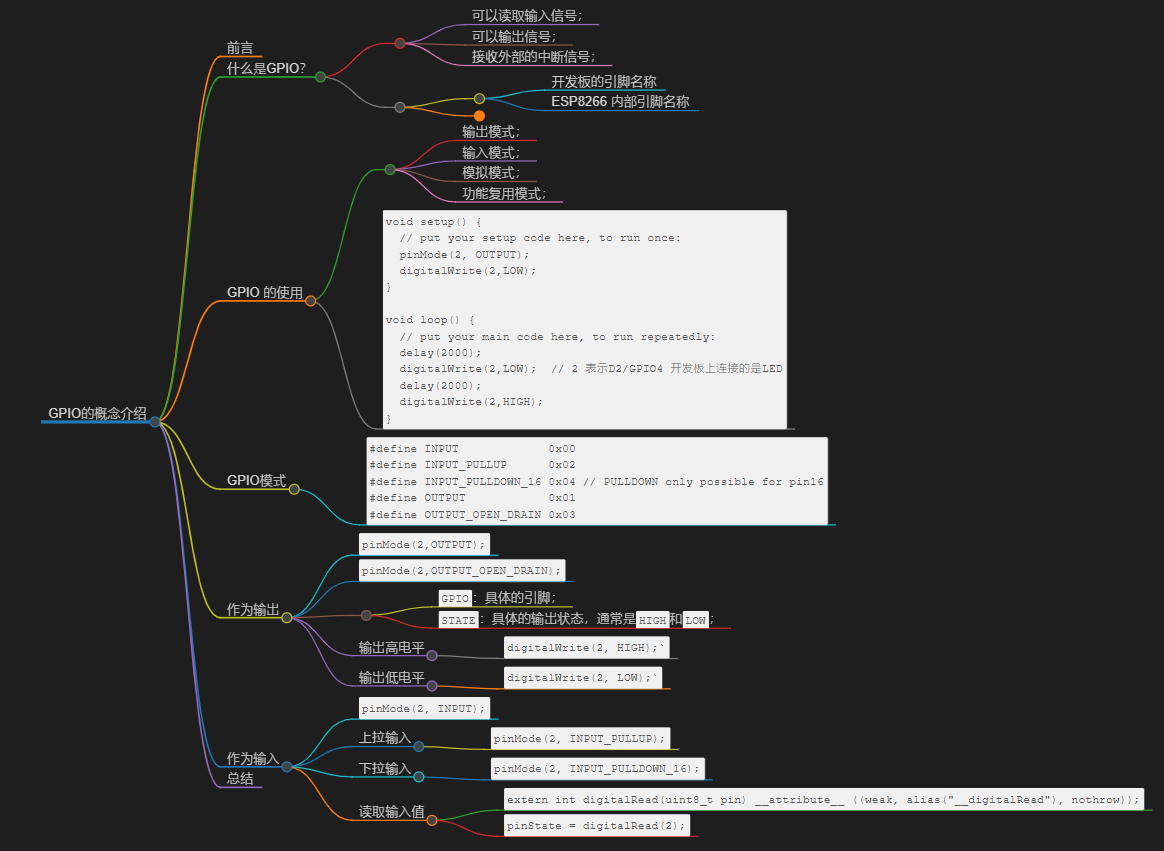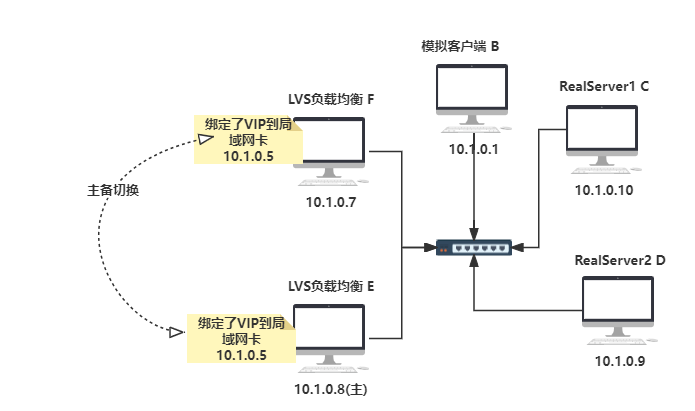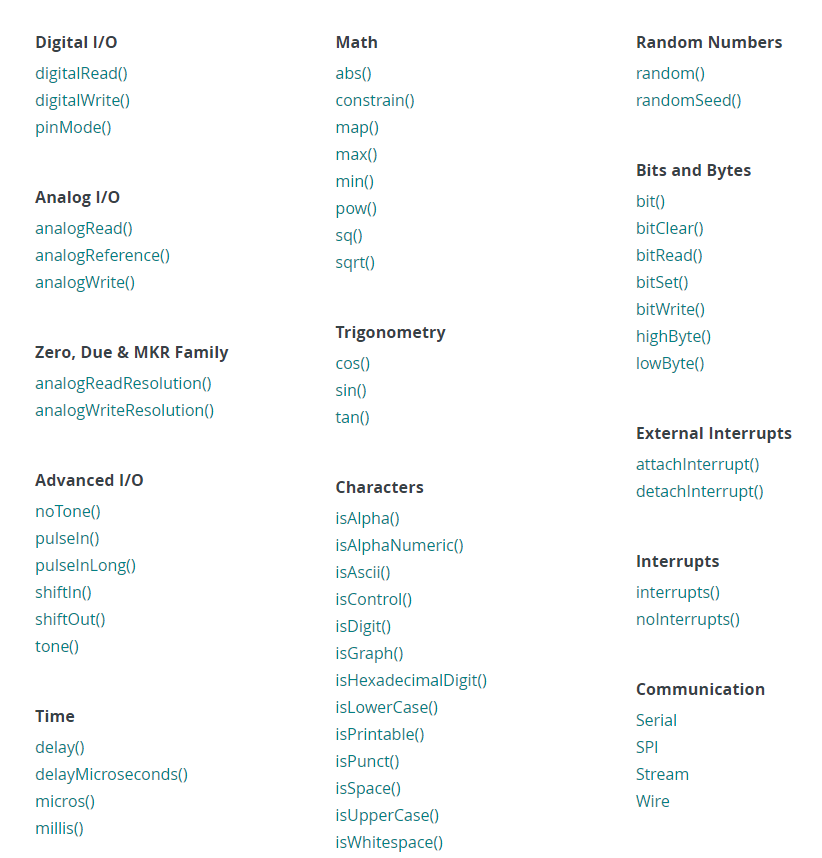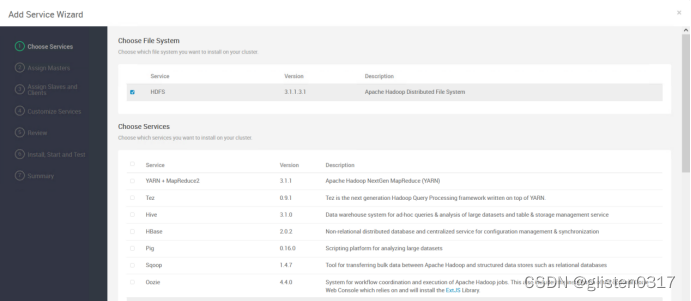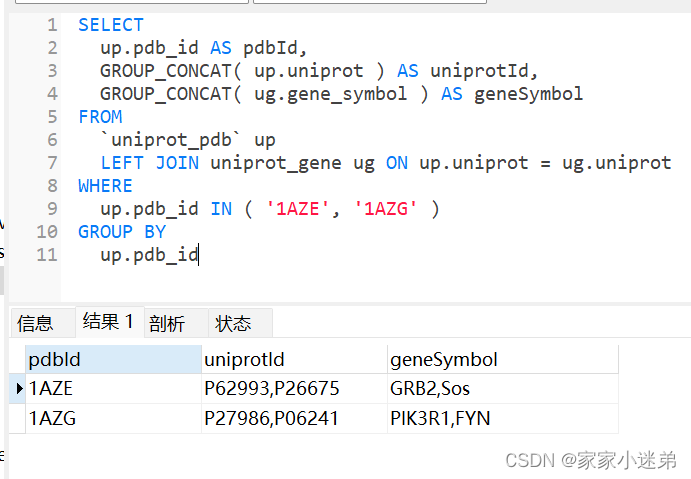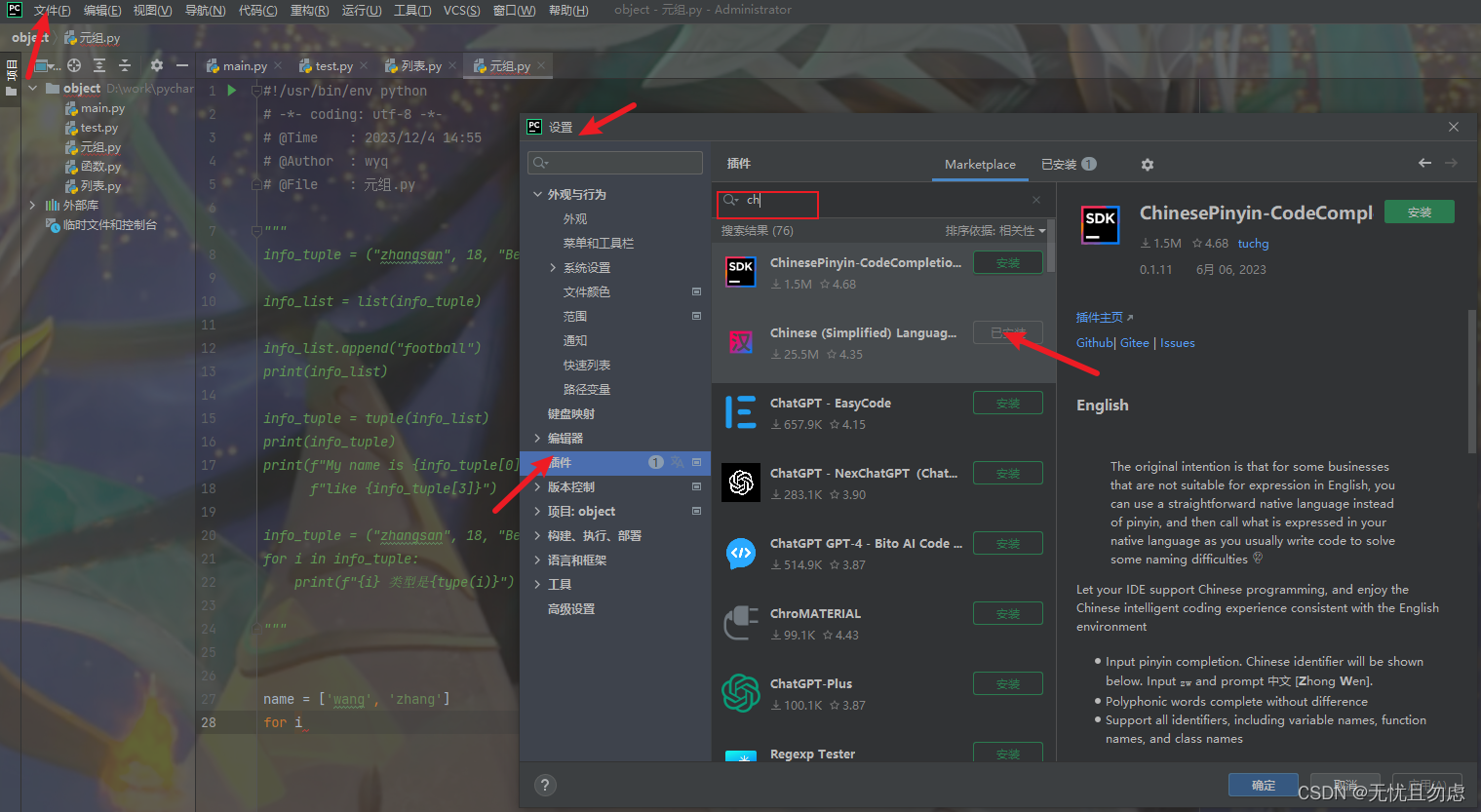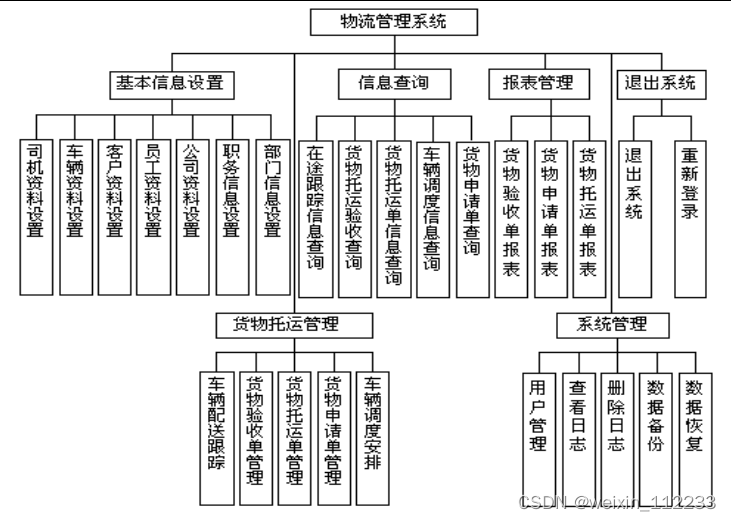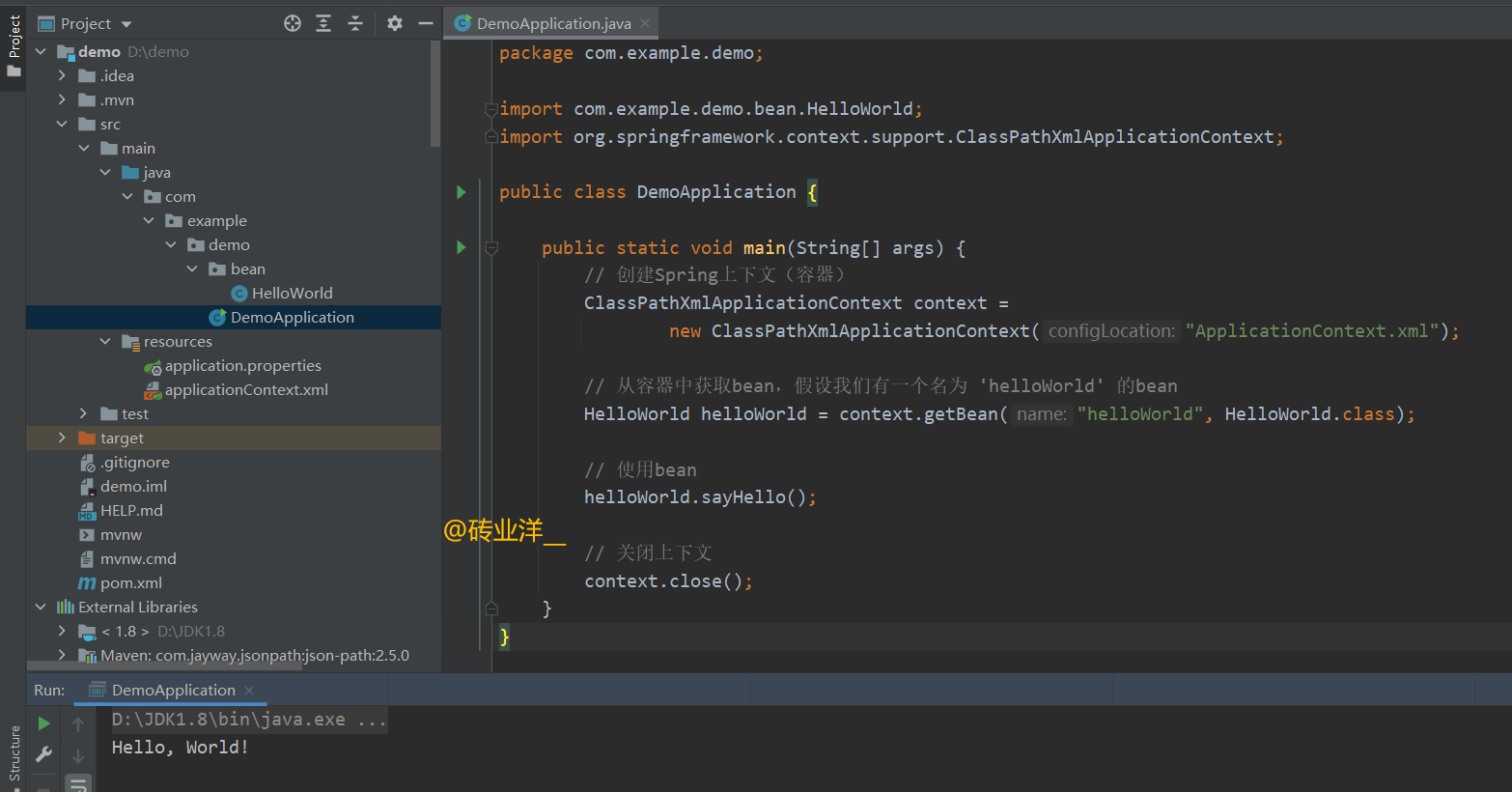CLIP的github链接:https://github.com/openai/CLIP
CLIP
Blog,Paper,Model Card,Colab
CLIP(对比语言-图像预训练)是一个在各种(图像、文本)对上进行训练的神经网络。可以用自然语言指示它在给定图像的情况下预测最相关的文本片段,而无需直接对任务进行优化,这与 GPT-2 和 3 的零镜头功能类似。我们发现,CLIP 无需使用任何 128 万个原始标注示例,就能在 ImageNet "零拍摄 "上达到原始 ResNet50 的性能,克服了计算机视觉领域的几大挑战。
Usage用法
首先,安装 PyTorch 1.7.1(或更高版本)和 torchvision,以及少量其他依赖项,然后将此 repo 作为 Python 软件包安装。在 CUDA GPU 机器上,完成以下步骤即可:
conda install --yes -c pytorch pytorch=1.7.1 torchvision cudatoolkit=11.0
pip install ftfy regex tqdm
pip install git+https://github.com/openai/CLIP.git
将上面的 cudatoolkit=11.0 替换为机器上相应的 CUDA 版本,如果在没有 GPU 的机器上安装,则替换为 cpuonly。
import torch
import clip
from PIL import Image
device = "cuda" if torch.cuda.is_available() else "cpu"
model, preprocess = clip.load("ViT-B/32", device=device)
image = preprocess(Image.open("CLIP.png")).unsqueeze(0).to(device)
text = clip.tokenize(["a diagram", "a dog", "a cat"]).to(device)
with torch.no_grad():
image_features = model.encode_image(image)
text_features = model.encode_text(text)
logits_per_image, logits_per_text = model(image, text)
probs = logits_per_image.softmax(dim=-1).cpu().numpy()
print("Label probs:", probs) # prints: [[0.9927937 0.00421068 0.00299572]]
API
CLIP 模块提供以下方法:
clip.available_models()
返回可用 CLIP 模型的名称。例如下面就是我执行的结果。
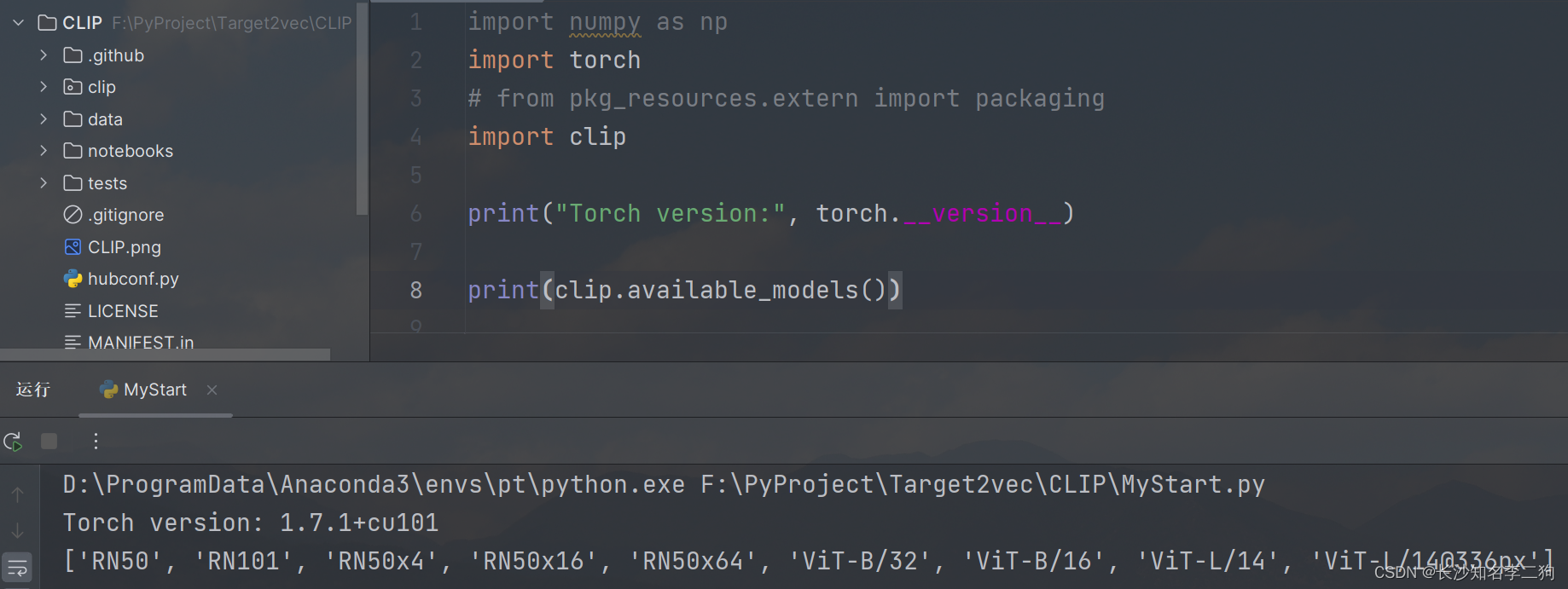
clip.load(name, device=..., jit=False)
返回模型和模型所需的 TorchVision 变换(由 clip.available_models() 返回的模型名称指定)。它将根据需要下载模型。name参数也可以是本地检查点的路径。
可以选择指定运行模型的设备,默认情况下,如果有第一个 CUDA 设备,则使用该设备,否则使用 CPU。当 jit 为 False 时,将加载模型的非 JIT 版本。
clip.tokenize(text: Union[str, List[str]], context_length=77)
返回包含给定文本输入的标记化序列的 LongTensor。这可用作模型的输入。
clip.load() 返回的模型支持以下方法:
model.encode_image(image: Tensor)
给定一批图像,返回 CLIP 模型视觉部分编码的图像特征。
model.encode_text(text: Tensor)
给定一批文本标记,返回 CLIP 模型语言部分编码的文本特征。
model(image: Tensor, text: Tensor)
给定一批图像和一批文本标记,返回两个张量,其中包含与每张图像和每个文本输入相对应的 logit 分数。这些值是相应图像和文本特征之间的余弦相似度乘以 100。
More Examples更多实例
Zero-Shot预测
下面的代码使用 CLIP 执行零点预测,如论文附录 B 所示。该示例从 CIFAR-100 数据集中获取一张图片,并预测数据集中 100 个文本标签中最有可能出现的标签。
import os
import clip
import torch
from torchvision.datasets import CIFAR100
# Load the model
device = "cuda" if torch.cuda.is_available() else "cpu"
model, preprocess = clip.load('ViT-B/32', device)
# Download the dataset
cifar100 = CIFAR100(root=os.path.expanduser("~/.cache"), download=True, train=False)
# Prepare the inputs
image, class_id = cifar100[3637]
image_input = preprocess(image).unsqueeze(0).to(device)
text_inputs = torch.cat([clip.tokenize(f"a photo of a {
c}") for c in cifar100.classes]).to(device)
# Calculate features
with torch.no_grad():
image_features = model.encode_image(image_input)
text_features = model.encode_text(text_inputs)
# Pick the top 5 most similar labels for the image
image_features /= image_features.norm(dim=-1, keepdim=True)
text_features /= text_features.norm(dim=-1, keepdim=True)
similarity = (100.0 * image_features @ text_features.T).softmax(dim=-1)
values, indices = similarity[0].topk(5)
# Print the result
print("\nTop predictions:\n")
for value, index in zip(values, indices):
print(f"{
cifar100.classes[index]:>16s}: {
100 * value.item():.2f}%")
输出结果如下(具体数字可能因计算设备而略有不同):
Top predictions:
snake: 65.31%
turtle: 12.29%
sweet_pepper: 3.83%
lizard: 1.88%
crocodile: 1.75%
请注意,本示例使用的 encode_image() 和 encode_text() 方法可返回给定输入的编码特征。
Linear-probe evaluation线性探针评估
下面的示例使用 scikit-learn 对图像特征进行逻辑回归。
import os
import clip
import torch
import numpy as np
from sklearn.linear_model import LogisticRegression
from torch.utils.data import DataLoader
from torchvision.datasets import CIFAR100
from tqdm import tqdm
# Load the model
device = "cuda" if torch.cuda.is_available() else "cpu"
model, preprocess = clip.load('ViT-B/32', device)
# Load the dataset
root = os.path.expanduser("~/.cache")
train = CIFAR100(root, download=True, train=True, transform=preprocess)
test = CIFAR100(root, download=True, train=False, transform=preprocess)
def get_features(dataset):
all_features = []
all_labels = []
with torch.no_grad():
for images, labels in tqdm(DataLoader(dataset, batch_size=100)):
features = model.encode_image(images.to(device))
all_features.append(features)
all_labels.append(labels)
return torch.cat(all_features).cpu().numpy(), torch.cat(all_labels).cpu().numpy()
# Calculate the image features
train_features, train_labels = get_features(train)
test_features, test_labels = get_features(test)
# Perform logistic regression
classifier = LogisticRegression(random_state=0, C=0.316, max_iter=1000, verbose=1)
classifier.fit(train_features, train_labels)
# Evaluate using the logistic regression classifier
predictions = classifier.predict(test_features)
accuracy = np.mean((test_labels == predictions).astype(float)) * 100.
print(f"Accuracy = {
accuracy:.3f}")
请注意,C 值应通过使用验证分割进行超参数扫描来确定。
See Also
OpenCLIP:包括更大的、独立训练的 CLIP 模型,最高可达 ViT-G/14
Hugging Face implementation of CLIP:更易于与高频生态系统集成

